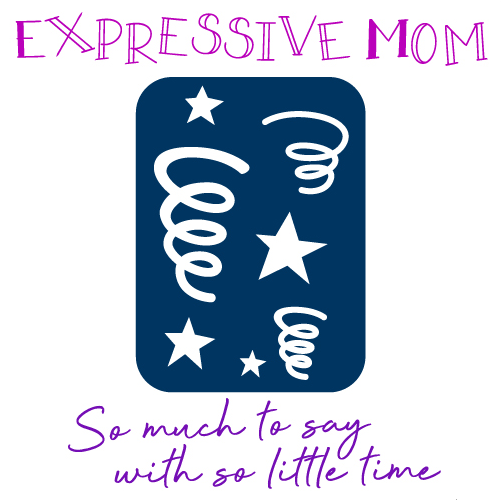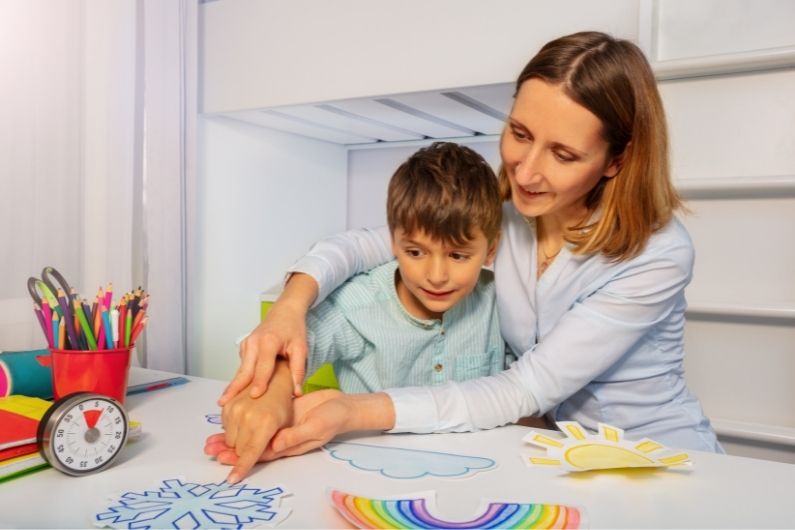After your child receives an autism diagnosis, your next step should be to locate the best resources to help you and your child. An autism treatment center specializes in helping children on the autistic spectrum by employing therapeutic practices of applied behavioral analysis (ABA).
ABA therapy is a scientific discipline that uses therapy-based practices to improve the learning and behavior of children on the autistic spectrum, among other benefits. As you explore treatment options, there are important questions to ask your child’s ABA provider. Use this helpful guide about what to ask your child’s ABA provider to help you decide on the best care plan.
How Do You Train Your Team?
Registered Behavioral Technicians (RBTs) receive training in ABA therapy as overseen by a Board-Certified Behavioral Analyst (BCBA). Determine if the ABA provider offers the right procedures and credentials to meet your treatment goals.
How Do You Set and Revaluate Goals?
Each child has unique needs, attributes, and challenges. As a parent, you may also have a preferred timeline for when you’d like your child to meet specific goals. Ask your child’s ABA provider how they set goals and adjust them as therapy continues. Be open about your own goals as well so everyone is on the same page from the start.
What Results Have You Seen With ABA?
The best ABA providers establish themselves as effective and trustworthy in the communities they serve. Ask your child’s ABA provider to discuss their experience helping a client make sufficient progress. Your child may not respond to ABA, but it is easier to seek assistance from a provider with credible methods and tangible results.
What Are Your Expectations of Me As the Parent?
ABA therapy requires a team effort between the child, the clinical team, and yourself to maintain progress. If an ABA provider dismisses family involvement, it can signal questionable practices. Ask your ABA provider to what extent they consider parental input and what part you as a parent will play in your child’s ongoing therapy.



Connect With Me !